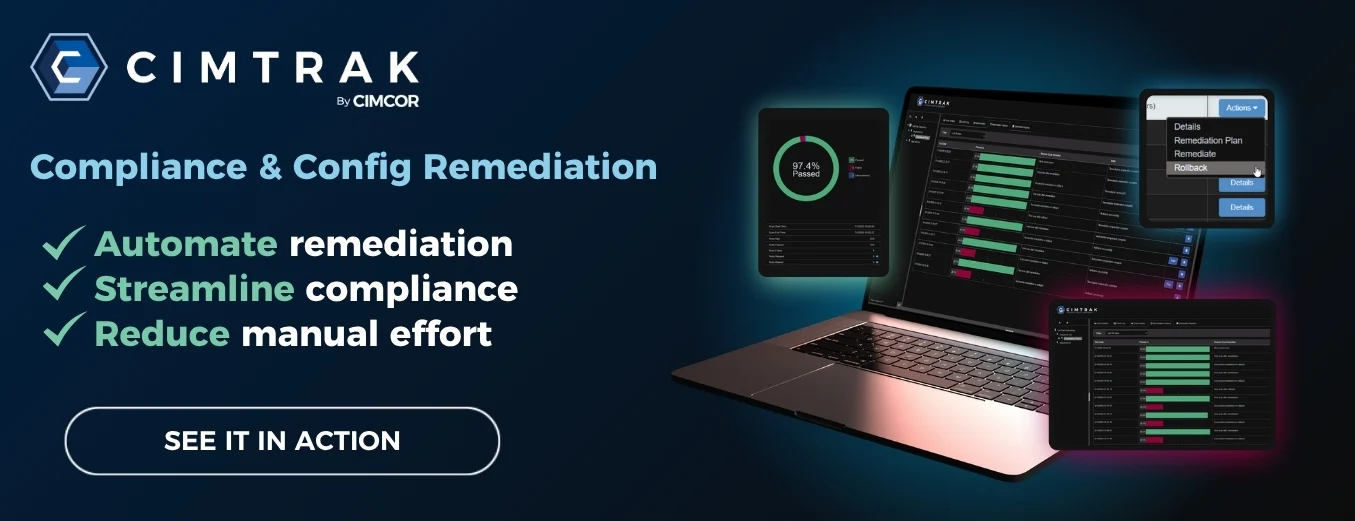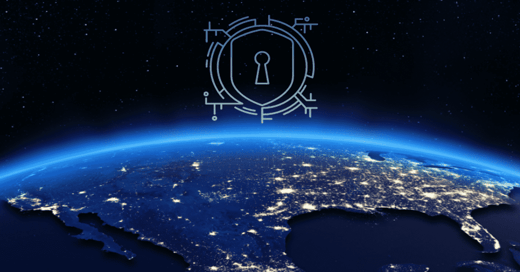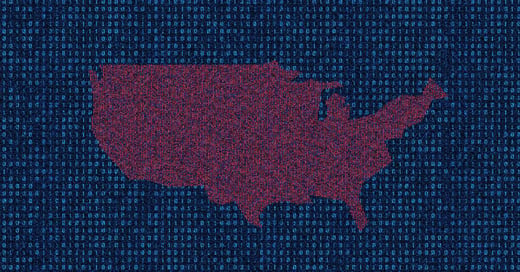Software supply chain attacks can be devastating, and the formula behind them is alarmingly simple.
A bad actor compromises a technology vendor's infrastructure and abuses its privileged relationship with customers to access one of more target networks. Once inside, the actor quietly expands its reach (often through trusted updates or integrations), installing malicious code that can persist for months before detection.
But what could the consequences be? To answer, let's look at how recent attacks have reshaped how organizations think about vendor trust and system integrity.
Real-World Examples of Software Supply Chain Attacks
The impact of a software supply chain attack depends on the bad actor's motive, resources, and skill. Common motives include extortion, data theft, espionage, and sabotage. For private organizations, the cost of investigating, resolving, and recovering from these attacks can be crippling. However, the real consequences extend far beyond financial damage.
MOVEit
In 2023, a vulnerability in the popular file-tranfer software MOVEit was exploited to breach hundreds of organizations worldwide, including U.S. government agencies and Fortune 500 companies. The attack spread through a trusted vendor component used to exchange sensitive data, which demonstrated how quickly a single weak point can cascade across supply chains.
Salesloft
In August 2025, attackers leveraged a trusted third-party integration—Drift (owned by Salesloft)—to steal OAuth tokens and access customer Salesforce, Google Workspace, and other downstream environments. The compromise exposed contact and support-case data across hundreds of organizations and showed how a single vendor integration can become a broad attack channel.
SolarWinds
In 2020, a supply chain attack by an alleged Russian state-sponsored group compromised at least 12 U.S. Federal Agencies, NATO, European Parliament, UK Government, and several global technology companies.
The attack exploited software and credentials from Microsoft, VMware, and SolarWinds. It led to the theft of so much data that, if printed out, might total the size of "several Washington Monuments." Commentators suggested the stolen data could increase the attacker's influence for years and even inform hard attacks against targets like the CIA or NSA.
The attack on SolarWinds was an inflection point. For years, there have been theories about sophisticated groups that could bring resources to bear over months or years to compromise a target. We now know these groups exist, and they aren't just targeting government agencies. Tim Brown, VP of Security Architecture and CISO at SolarWinds, explains why these attacks pose such a substantial risk:
"It's not that we couldn't have done better. We could have. But we didn't have any major weaknesses. Our security hygiene and visibility were good. Our tooling and vulnerability detections were good. But in the face of a patient, dedicated, skilled adversary, they weren't good enough."
There are growing fears that similar supply chain attacks could be used against critical infrastructure providers. While the 2021 Colonial Pipeline incident wasn't a software supply chain attack, it highlighted how operational technology disruptions can quickly evolve into national and economic crises—prompting the creation of new U.S. cybersecurity standards and Executive Order 14028.
What Damage Could a Software Supply Chain Attack Cause the U.S.?
The examples above highlight how fragile trust in software ecosystems has become. Yet, those incidents only scratch the surface of what's possible when attackers weaponize that trust.
Further successful supply chain attacks against targets in the U.S. are all but guaranteed. The U.S. has many political and economic adversaries with a clear vested interest in carrying out attacks to disrupt infrastructure, stealing state secrets, and conducting industrial espionage. These adversaries are continually probing U.S. organizations, searching for weaknesses that may allow them access to their real targets.
In all probability, some of these adversaries already have a foothold within the environments of key supply chain vendors or contractors, waiting for an opportunity to infiltrate high-value targets. The consequences of one of these attacks will likely include:
- Severe disruption to federal agencies, public services, and/or critical infrastructure
- Loss, theft, or interference of classified data by criminals or nation-states
- Exposure of U.S. citizens' personally identifiable information (PII) through compromised service providers
- Theft of digital assets and trade secrets that could shift economic or military advantage
Of course, the consequences of a supply chain attack aren't limited to branches of the U.S. government or critical infrastructure providers. For the private sector, the impact often looks different but feels just as severe (production delays, lost customer trust, regulatory penalties, and weeks of recovery). Advanced threat groups have (and will continue to) infiltrate other targets of interest in the private sector, including universities, pharmaceutical providers, hospitals, technology vendors, and more. Common motives include espionage, sabotage, and profit.
How to Defend Against Software Supply Chain Attacks
When securing their software supply chain, many teams don't know where to begin. The best first step is to build supply chain integrity, knowing exactly what changed, when, and who (or what) made the change. Detection is critical, but by itself it's not enough. Even organizations with good visibility struggle to keep configurations hardened and compliant across expansive, dynamic environments.
Building Supply Chain Resilience with Integrity Monitoring
Most organizations focus on detecting when changes occur, but by the time those alerts surface, the damage may already be underway. True resilience requires the ability to detect, correct, and recover all in one move.
Integrity-focused platforms like CimTrak are evolving to meet that challenge. Beyond real-time change detection, they now incorporate capabilities to automatically assess, harden, and remediate configurations in alignment with trusted security baselines such as CIS Benchmarks and DISA STIGs.
This approach, which Cimcor refers to as Compliance & Configuration Remediation (CCR), builds on the same integrity principles that underpin CimTrak's system monitoring module. It allows teams to identify drift, apply secure corrections within minutes, and maintain full audit visibility and rollback control—all without adding operational complexity. This functionality eliminates 8-16 hours of manual hardening per system, improves uptime, and provides audit-ready evidence of compliance.
Together, these advancements create a closed loop of detetion, remediation, and validation, restoring the trust that supply-chain attackers aim to erode.
Take Control of Your Supply Chain Security
Detect unauthorized changes, automatically remediate drift, and maintain continuous compliance with confidence using CimTrak's CCR module. Get a customized demo today.
.png?width=50&height=50&name=Kayla%20%20(1).png)
October 21, 2025




